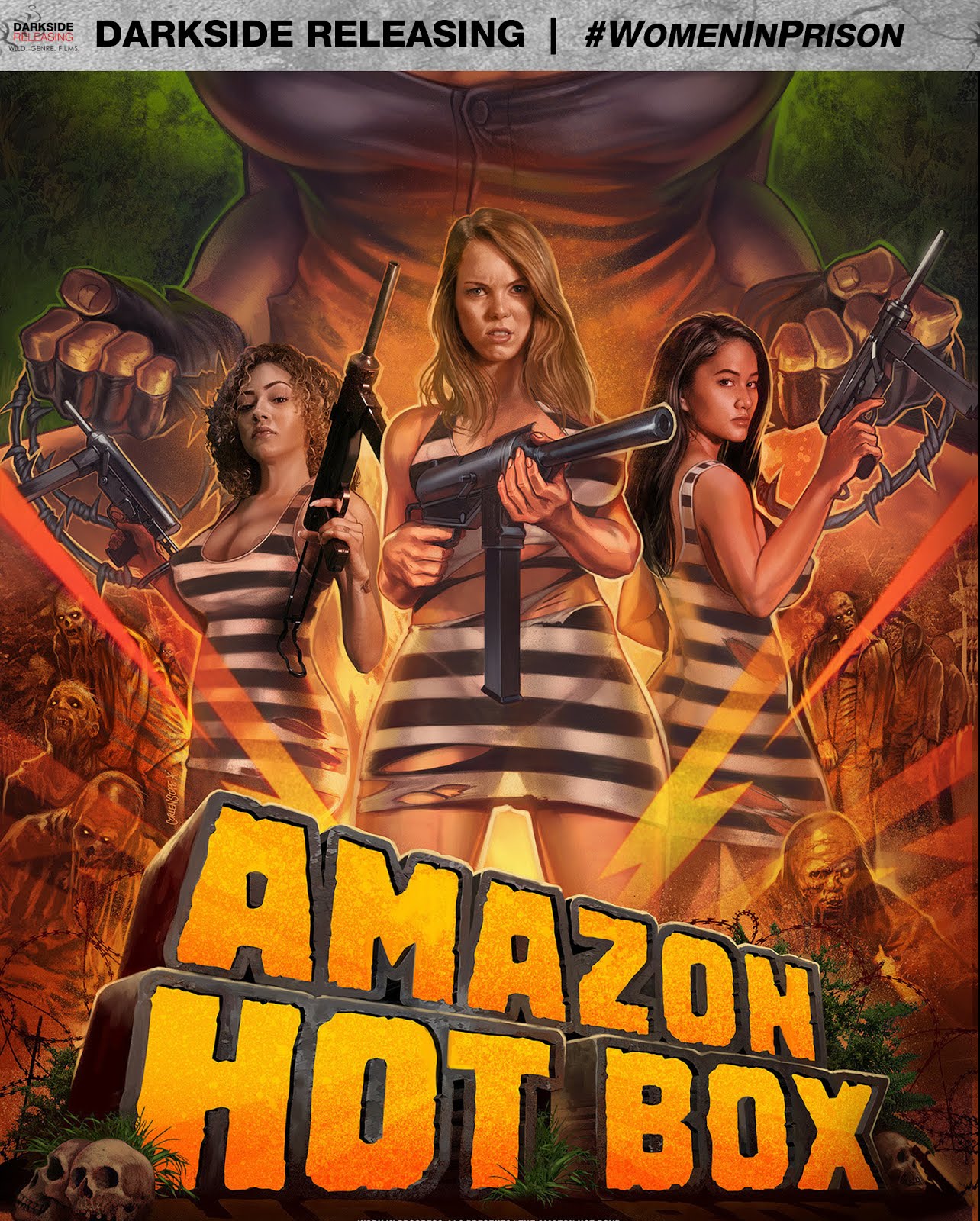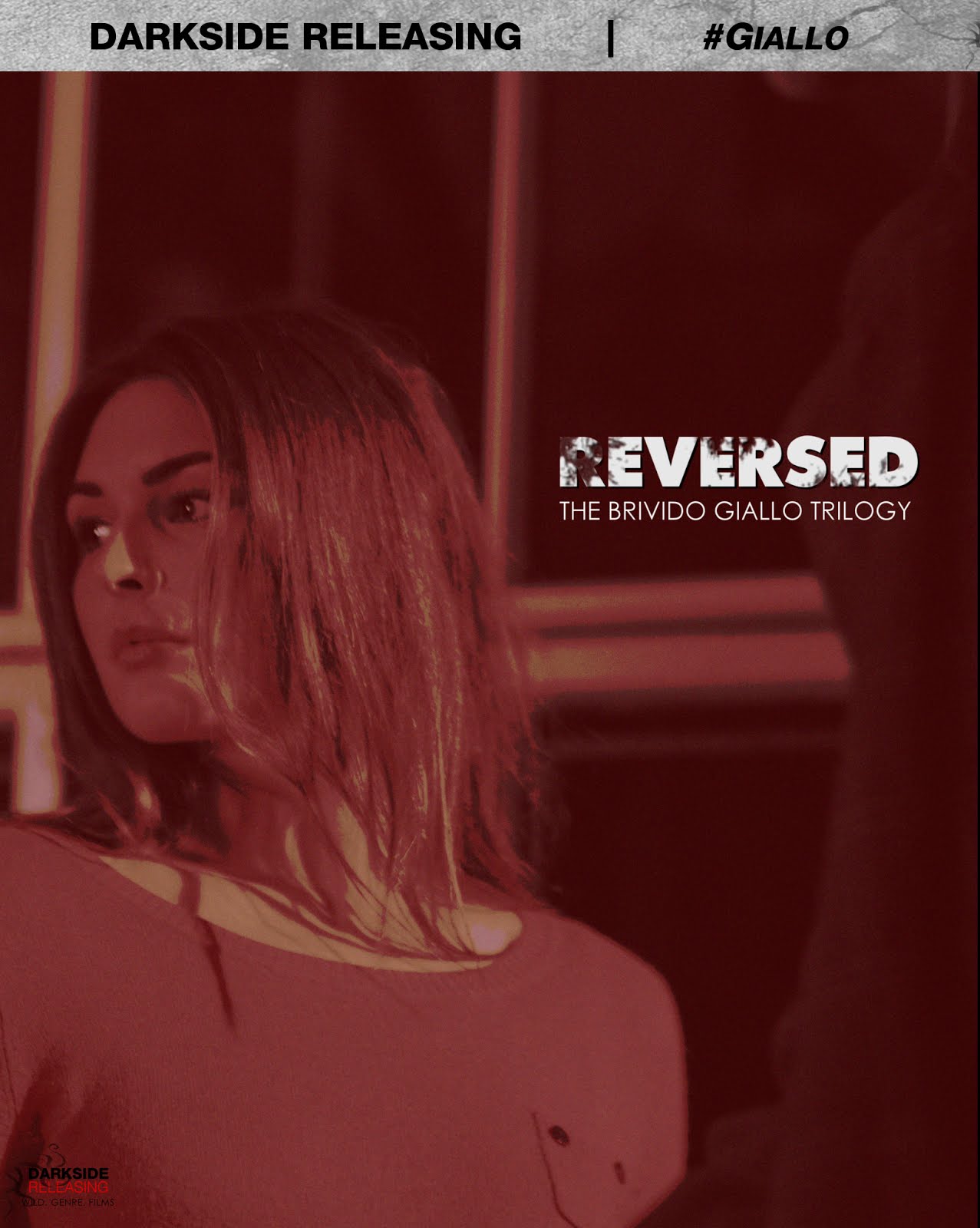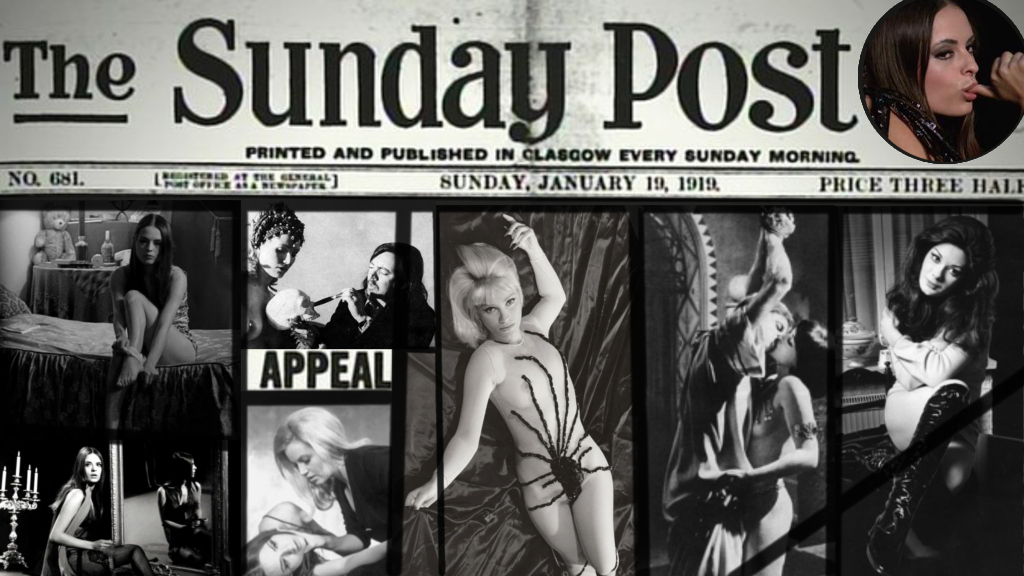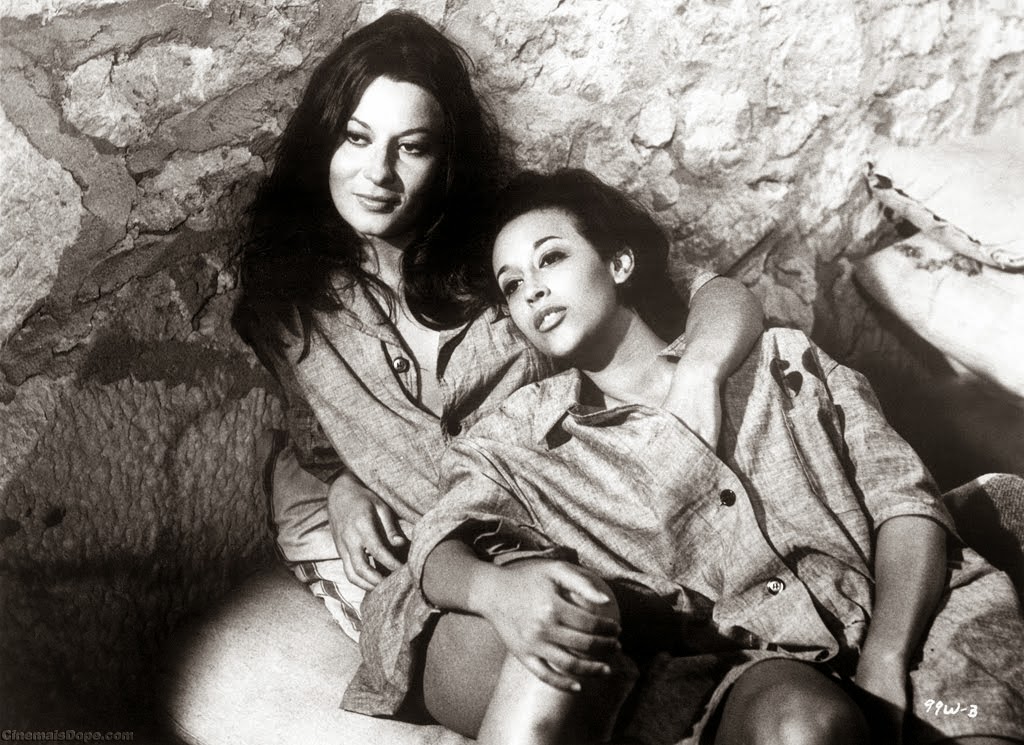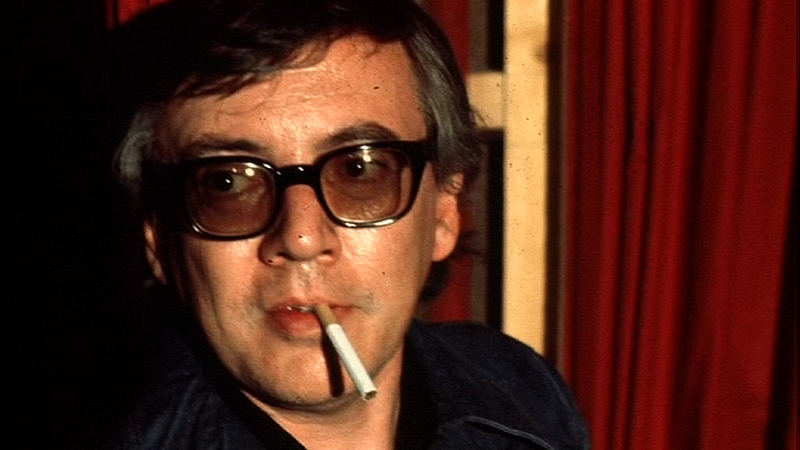Vol. 2 – Vampires.
Vampires, as a sub-genre of the horror cinema genre, is not an
uncommon playground for genre film directors to flash their talents
in at the beginning of their careers – George Romero gave us Martin
at this beginning of his, Tony Scott bestowed the bloody arthouse
supernatural opus The Hunger at the beginning of his, and even
Tobe Hooper went all Stephen King on us with Salem's Lot – also
an early novel for genre king King. Post-seventies and
-eighties, Robert Rodriguez and Tarantino got into the toothy action
as well, with their collaborative gore-a-thon From Dusk till Dawn.
However, my recent musings on this is not about those early
vampire films from these celebrated genre directors; instead, I'd
been thinking about the later films of celebrated genre
directors – filmmakers who decided, later on in their
careers, to dabble in cinematic vampire lore, and how these films
differed (apart from been more poorly received than their colleagues'
early vampire movies). It's really no mystery as to why early-career
vampire films were better received than later ones; in the horror
genre early films in general have a wider and more boisterous cult
following and cult reception than later films in genre directors'
careers. But what's interesting about these receptions when it comes
to vampire films is just how thematically different the vampire film
can be depending on the directors' career trajectory and artistic
disposition at that point in their careers. Martin and The
Hunger were genius arthouse experiments, and completely different
from each other aesthetically. Salem's Lot was a for-hire gig
by Warner Brother produced fo broadcast television. From Dusk till
Dawn was just a wild ride by two filmmakers at the hugely
energetic start of their careers (and which was also a loose rip-of
of Richard Wenk's freshman film, Vamp). Later on, though, the
vampire film gets more creative, and a little more high-concept, and
not always to the appreciation of the audience. Because, really,
we're going to out-concept strippers and vampires?
A
Vampire in Brooklyn came about
in Wes Craven's career between his excitedly-anticipated masterpiece
New Nightmare (a
Freddy Kruger meta-re-boot) and his insanely successful launching of
the Scream franchise.
In fact, Wes Craven is the only genre film director I can think of
who was so conceptually talented that he was able to start two
successful long-running horror
franchises, both of which even spawned their own television series.
His vampiric collaboration with comedian Eddie Murphy was not exactly
a commercial success, and unfortunately marked a personal low-point
in Craven's career when Angela Bassett's friend and personal stunt
double was killed when filming a stunt-fall on set. However, when
looking at the film itself, few people realize that it was Craven's
and Murphy's vision that really reignited the idea on not only the
horror-comedy, but in having the lead character playing the oblivious
straight-man to his far more comedic sidekick, taking the cue from
Young Frankenstein. Since
Craven's vampire film, this shtick has come back into style with a
vengeance. Also moving in on the comedy-vampire territory was John
Landis with his movie Innocent Blood, about
a vampire who takes it upon herself to wipe out a mob family. When
she fucks that up, the mob systematically goes about turning
themselves into a gang of vampires. This high-concept guilty pleasure
suffered for no other reason than the fact that horror fans would
only be comparing it to Landis' masterpiece, An American
Werewolf in London. No matter
what Landis threw at us in Innocent Blood, he
was not going to exceed the giddy excesses of his early
horror-monster film. If anyone other than Landis had directed this
movie, it would never have had the baggage of comparison attached to
it – but on the flipside, really only Landis could have
delivered this vampire movie. Stupid catch-22s. Tobe Hooper, who had
helmed Stephen King's Salem's Lot,
returned to the vampire sub-genre by going sub-sub-genre with his
concept and bringing us an adaptation of Colin Wilson's “Space
Vampires” under the moniker Lifeforce. Here,
a group of astronauts discover, and bring back to earth, the corpse
of a female space vampire, only to have her resurrected where her
“Lifeforce” begins jumping from one victim's body to the next,
until the entire story winds up caught in an apocalyptic-disaster
scenario. Without a doubt, this is Hooper's wildest film, which was
produced after his catastrophic collaboration with Steven Spielberg
and before he signed his groundbreaking horror film work off to
Michael Bay and the Hollywood-franchise circle of hell.
Some
popular horror genre directors managed to go without touching on the
vampire sub-genre at all, such as Sam “Evil Dead” Raimi, and for
a long time it seemed Dario Argento would be avoiding the entire
vampiric affair as well (although this was not ultimately to be),
when in 1998 John Carpenter himself helmed his own vampire opus.
Loosely based on the novel by the late John Steakley, John
Carpenter's movie was the fist to associate the obvious themes of the
vampire and the western movies, and it was also one of the only films
to bring the intense idea to the audience that the vampire monsters
are actually really hard to kill. This latter fact of the film is
really what drives the interest in it, with the heroes constantly
stressed and struggling to kill the supernatural beings in a dusty,
down-to-earth way. The film unfortunately does come undone despite
its stellar cinematic themes, due to the winding-down of Carpenter's
career at the time, and the budgetary decision to utilize only the
first three chapters of Steakley's clever novel and to extend those
limited concepts into a
feature-length story. It's a shame, as Steakley's novel (titled
Vampire$) shows us the vampire-hunting team as what is really a
glorified pest-control unit in the midst of a global infestation, and
ultimately as a band of misfits who were clever enough to cash in on
the world's situation. All of this was lost in Carpenter's filmed
version, including the team's heroic arc, but Carpenter nevertheless
left us with one of the meanest, grittiest, vampire scenarios ever
put to film, in only a way that Carpenter could have done. In the
end, this was probably the last great John Carpenter film.















